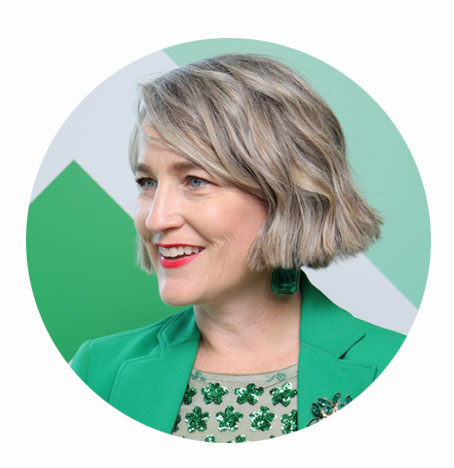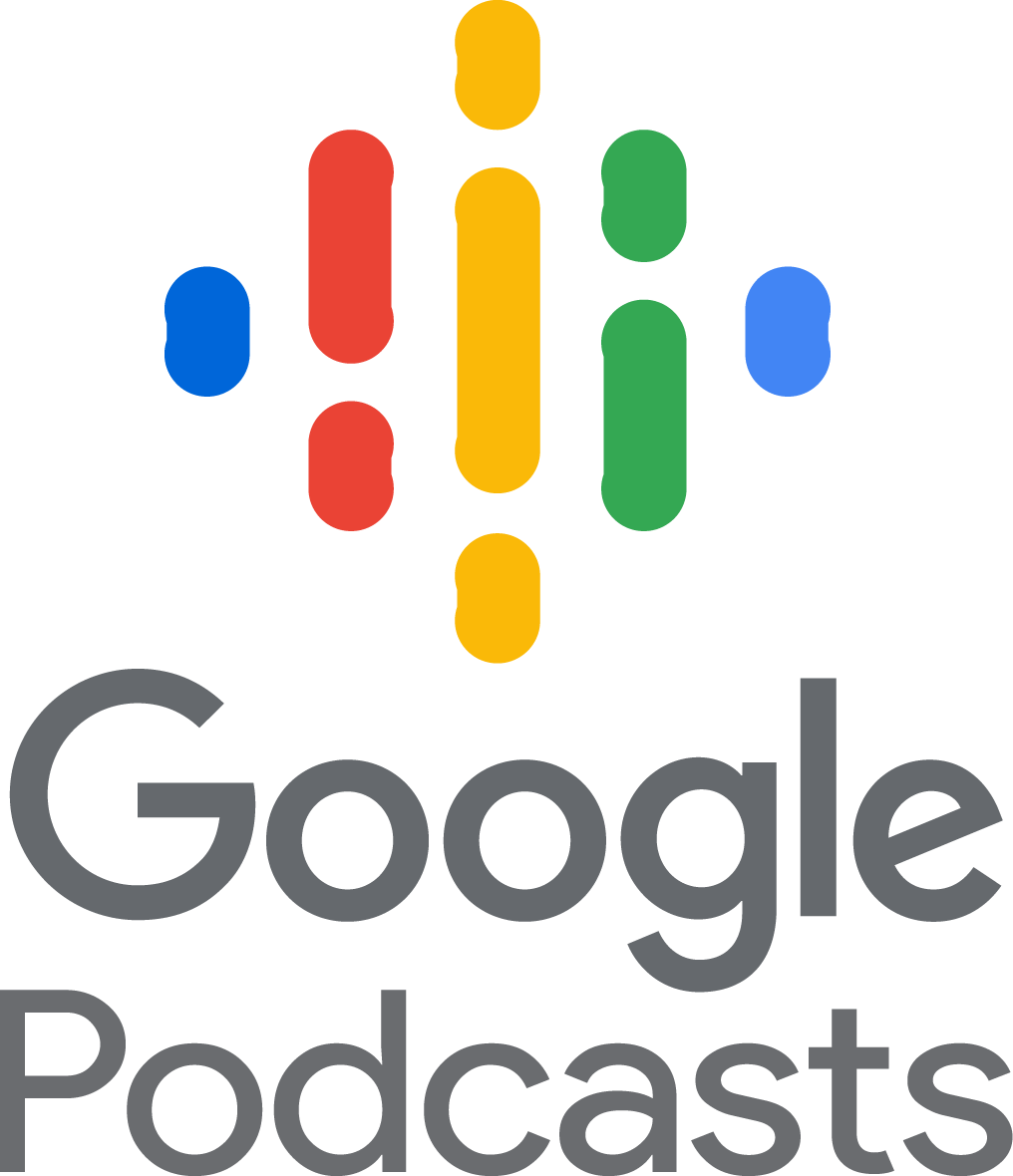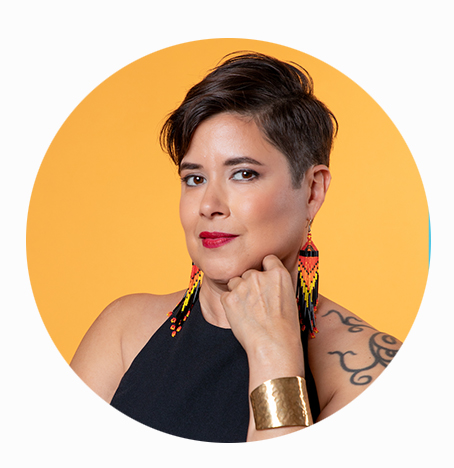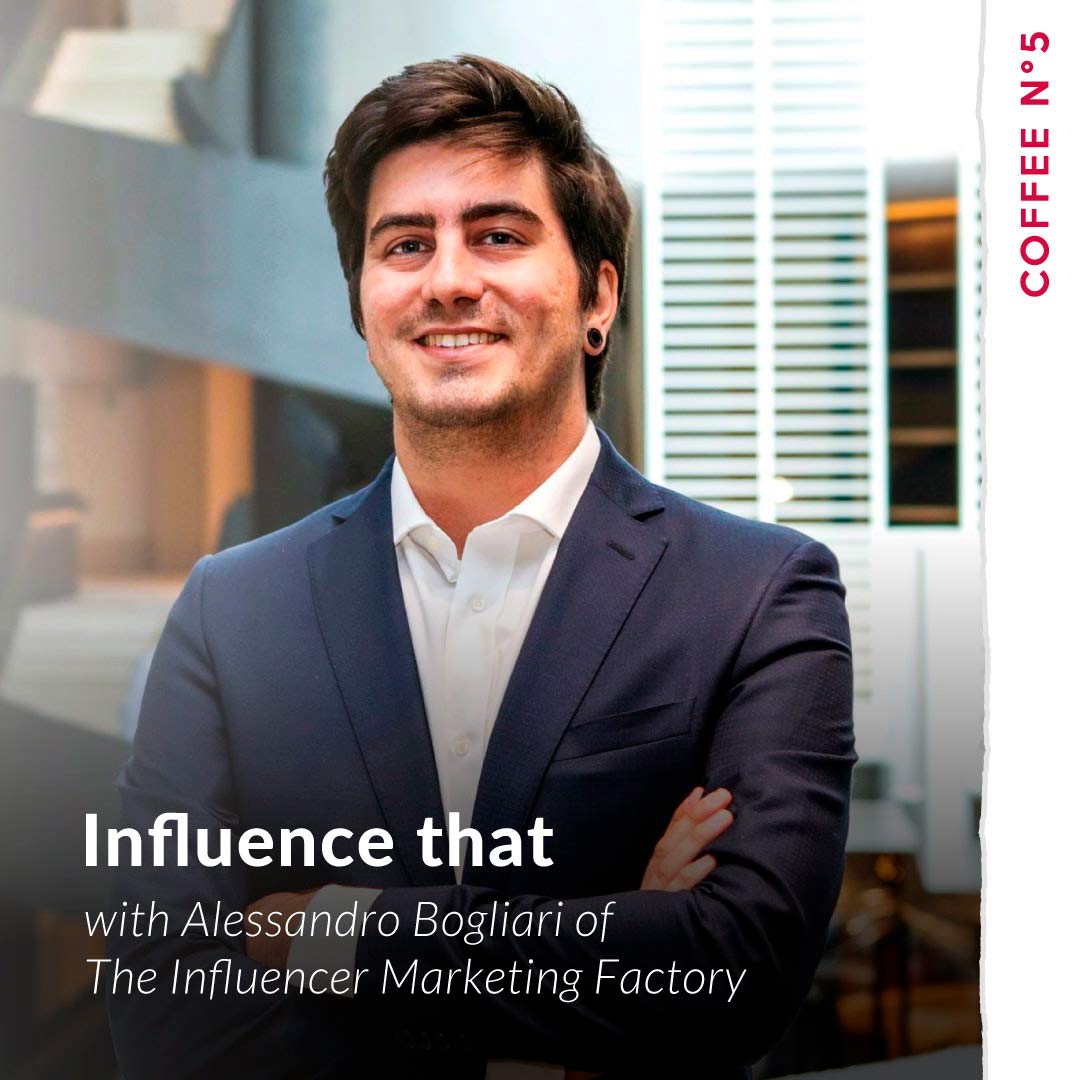00:02
Lara
Hi, everyone, and welcome back to Kathy no. Five. I’m so happy that we, today, we’re here because you know what? It’s all about building community and building, and it’s who you know and how to create those relationships and go to those places that you meet the right people. And today we have a guest that it was one of the right people that I keep meeting and meeting in different places. And one day we finally, we got to sit down and talk and you feel like you have a lot in common and. But what I was more interesting to me that welcome, Tara Wilson, by the.
00:39
Tara
Way, was, hello, thank you for having me.
00:42
Lara
It’s like, Tara, you build community. You build, you specialize in building events and experiences that brings community together.
00:53
Tara
Yeah. Yeah. So how fitting that were able to connect and you were doing the same thing here with your podcast. And, and really, you do that for your clients as well. But yes, I own an experiential marketing agency and we create experiences for sportswear and beauty brands to get their product in the hands of their consumers. And we know this new young Gen Z Gen Alpha consumer as well as the millennial consumer as well. It is all about community for them, you know?
01:29
Lara
Yeah. And it’s all about experiences. I mean, we are, as we record this podcast, we are in August 2024. And I was having this conversation that this month is a little slow, being the end of the summer. And one of my thoughts here is that people are buying interest experiences at this time of the year and not so into luxury products.
01:56
Tara
That’s right. You’re absolutely right. Summer is when it’s so hard to catch anyone in the office. It’s a very fragmented time. And absolutely, as a consumer, you are out. You are experiencing life probably now more than any other point during the year, this being the year of the Olympics, we’ve seen so many experiences pop up. And that community building, I was just noticing today on LinkedIn, there was a post bumble did a coffee shop takeover in Paris, France, with a small coffee shop. Again, to build community.
02:36
Lara
It’s about being approachable. I think that in the past, the brands were like, we are the big brand.
02:44
Tara
That’s right.
02:44
Lara
We are untouchable right now. It’s been about being approachable at the brand. You can find us in small prices and you can connect with us.
02:55
Tara
Consumers demand that they have a one way connection to brands now more than ever before. The consumer wants to be able to talk to the brand. They want to know they’re heard by the brand. They want to be able to communicate. You know, Gen Z in particular has grown up in a time and space where everything was, is within their reach. Customization is table stakes for Gen Z. And so it is about that community, about having that conversation and that connection and knowing that their voice is heard. And then I would say the third thing that we’re seeing about community, especially with this newer consumer, younger consumer, is that they’re tying their values to who they support and how they support is with their dollars or going to these experiences.
03:49
Tara
But it’s all about do you as a brand in spouse my values and if so, I’m going to share my vote of confidence by spending my money on your product.
03:59
Lara
But at the same time it’s very interesting because were in an event together. Also one of those that the data show us that the consumer is starting to care more about performance of the product.
04:13
Tara
That’s true. Absolutely. It’s, it’s no longer lip service or saying that it does something and then it doesn’t actually perform. It’s no longer about just cute packaging. It really has to be, has to deliver beyond that. And yes, performance driven brands are really starting to thrive.
04:36
Lara
Let’s start about how we build community. And when we’re talking about community, you cannot go only one channel. You need to go up me channel. Like I would never. I was telling the story today also that I was approached to with a new, by a new brand that they want me to create this big event. But the brand wasn’t set up in their marketing yet to create an event as part of their marketing strategy. And honestly I said no, because I know that we will fail. You don’t have your dogs on the road. You cannot do these experimental experiences. They don’t have anywhere to land well.
05:20
Tara
And we guide our clients around this topic. I’m about to share brands. Savvy brands know and understand when they come to us that creating experiences is a top of the funnel activity. It’s about brand awareness first and foremost. We get very nervous when a brand comes us and says we want to have this particular experience and we talk about, okay, what does success look like? What are we measuring? And it’s sales, sales. Okay, that’s not where we need to be. This is a top of the funnel activity. So we really have to counsel and coach, especially emerging brands who are looking at that.
06:00
Tara
So yes, when you get approached about let’s do an event, well, if the entire marketing funnel isn’t covered, you might potentially be setting yourself up to not succeed for that client so smart on you that you know, you kind of push back there.
06:16
Lara
Well, I’m old. What can I say? I seen it all, but this is what I want to say. So what can a small brand or young brand expect from creating an experience?
06:32
Tara
Yeah, I think it’s no different from a big brand. And what you can expect you know, what you’re going for is that consumer connection. You’re looking to put them, like I mentioned, in the top of your funnel, start to build a relationship with them. So be thinking about how are you going to bring them into your ecosystem, and then how are you going to nurture them if you’re not, if you don’t have a nurture system in place, you just spent dollars that really don’t long term benefit you, then you want to think strategically about how you’re seeding the individuals that are at the experience, especially if you’re a small brand. Maybe you can’t just blow it out of the water and have 500 people in a space over the course of three days or whatever. I mean, that can get expensive.
07:22
Tara
So how can you have the biggest impact in the moment that you have with the people that you have? So you want to seed them with product, but then it’s like, what’s that digital extension that you’re looking for? Being clear, being upfront, you know, asking specifically is all important, but, you know, how are they talking about your brand once they’ve walked away from your event? You certainly want them talking about your brand while they’re at your event.
07:47
Lara
You want an experience that is exciting enough for people to be talking about.
07:52
Tara
Yeah, absolutely. And, you know, so you get creative in what you do. And, you know, one of the things that’s really popular right now are these like brand trips. You know, so you get 25 influencers, 20 influencers, and you take them away to camp, but the camp is totally branded, like your brand. You could do something like that on a smaller scale. If you’re a startup, you could do something like that. It’s being thoughtful, it’s being scrappy, and there’s nothing wrong with being scrappy. You may not be able to hire an agency to help you be scrappy, but you can certainly look to what are bigger brands doing. So, okay, I mentioned. We’ll give an example. I mentioned the coffee shop takeover in Paris, France, at the olympics. All right.
08:45
Tara
How can you as a small brand, flip that on its head and you do it? Well, I personally did it this spring at the women’s final four in Cleveland. I have a secondary brand called Fierce lab, and we did a coffee shop takeover and having coffee conversations as a part of the ethos of the fierce lab brand. So we took over a small coffee shop in Cleveland for one morning for 3 hours. We bought everyone’s coffee. We gave everybody a coffee sleeve when they came in, and the requirement was to follow us on social. Okay. Now we noticed, all right, people are following, and then they’re getting their coffee, and we’re seeing some unfollows. So what did I do? I made sure that I went through the line, and as I met everyone, I told them, I said, hi, I’m Tara Wilson.
09:39
Tara
I’m the founder of fierce lab. I’m the one that’s buying your coffee today. And that changed everything. And it gets back to that personal connection. People want to know the brand. They want to know you. They want to feel connected. And then that changed the whole game.
09:53
Lara
Yeah. How many followers you’ve got?
09:57
Tara
About 250, roughly. We did see some attrition. So warning to anybody that does something like that, you will have some attrition. The other warning I would make on that is, you know, were pushing them to follow us on social. Well, we don’t own that relationship, you know, but in the moment, pushing them to download and activate our app didn’t feel like the right timing, you know? So to get somebody a coffee that takes a minute and a half to.
10:28
Lara
Make, it’s about brand awareness. It’s about. It’s creating people knowing about the brand, and then see you in other places and say, oh, I seen that. I met that founder. Know their story, and. And then you can follow, okay, the people that they are, they follow me on Instagram. You can retarget them also, in other words. So there, at this time and age, there is a lot of things that we can do.
10:58
Tara
Yeah, absolutely. Yeah. And through that digital extension piece, to your point, there are so many opportunities out there for brands, and it’s pretty inexpensive these days, you know?
11:10
Lara
Absolutely. So let me ask you a question. When you prepare having an event, either for a big brand, for a small brand, are you part of the rest of the omnichannel or the digital experience that is going to follow the event?
11:23
Tara
Or you can be. We can be. It really depends on what the relationship is with the new brand and the other teammates that they have, you know, the other vendors on their team that are supporting their, whether it be a go to market strategy or their overall marketing strategy. So it really depends. But, yes, our team is equipped to be able to do those things and provide that strategic guidance and really look at, all right, this is one experience, but how does this layer into so many other things that we’re doing?
11:59
Lara
How do you measure these experiences?
12:02
Tara
Yeah. So again, it gets back to starting with knowing that you’re not measuring sales. So first and foremost, like how many eyeballs are getting on your brand, and it’s not just like the people that walk into the experience, but, you know, we’re looking at when we started promoting the event and how much reach that had, and then we’re factoring in, how did that convert from, you saw it, you found out about the event, you explored it to then you actually registered. And many, all, let’s be honest, all experiential events, if they’re open to the public, are free. Well, if people don’t have skin in the game, they’re less likely to show up. So there’s a huge attrition between who registers and who shows up.
12:52
Tara
So we’re measuring that and we’re always thinking about ways that we can stay in touch, encourage, motivate, even to show up. So, you know, are we going to have an athlete on site, and is that athlete going to be doing signings? Is there an exclusive product drop that you can only get at this experience? You know, things to motivate individuals to stay committed to the fact that they are SVP. So then they’re on site.
13:21
Lara
What is something really interesting about this is that also you have a whole new job before pre event, which is not setting up the event, it’s letting people know that this event is happening.
13:34
Tara
That’s right. Yes, absolutely. So you do want to get strategic. Who you partner with, the channels you push it out on, how are you getting visibility? You know, people can’t buy from you if they don’t know you. Now, I know I’ve just said experiential events are not for sales, but they’re buying into coming to your event. And if they don’t know you, they can’t do that.
13:59
Lara
Well, they’re buying in a different way. They’re buying in time. People buying is valuable. So someone who choose to come and have this experience and then tag you or send a video or show the product, it’s valuable, it has a different value. I always say that it’s like marketing is like a billboard. You don’t know how many people pass in the billboard and if, how many from those are going to buy. But it’s part of the brand awareness.
14:28
Tara
That’s right. And you can’t just choose one channel. You’ve got to be looking at all channels. So experiential is just a component of all the other channels. It’s certainly effective. It works when it goes viral, it’s even more effective. You know, we see that.
14:48
Lara
I have another two questions. First of all, that you integrate the PR part into this. You bring to the events, PR as part of your packages, or how you plan the events, or that’s something completely different that you expect the PR team to take over.
15:06
Tara
In most cases, we are working alongside a PR agency for our clients activations. If they don’t have a PR agency, and we know that this is important and specifically the goals around it, we can provide that, but it is nothing. Public relations is not our core. It’s not one of our core offerings.
15:29
Lara
I see. And another thing is what I’ve seen a lot of brands trying to rush into these ideas, rush the events, meaning.
15:40
Tara
Doing them too early in their growth cycle or coming up with the idea in one week and two weeks later, trying to implement also both of them.
15:51
Lara
Actually to rush it. When is the right time for a brand to have an event? And also how much lead time you need to have to plan an event and execute. Right.
16:04
Tara
Both loaded questions. And so let’s start with how much lead time you need. You know, you definitely, I think you definitely need four weeks. We’ve certainly executed things in less time, certainly puts a strain on everyone. But when you consumers are not thinking beyond four weeks in their life, they’re not committing to something. So from you maybe planning 6812 weeks, but opening up registration, pushing out content, making it, making people aware that this is happening, you want to be looking at four weeks out, you know, within 30 days, you should start to see that people are committing larger activations. Let’s be honest. I mean, we’re already working on things for CES, the consumer electronics show, which happens in January, we’re already having conversations about Super bowl, which will be in.
17:02
Lara
February, in those cases. Also a lot of the budgets, because there’s a lot of budgeting in planning that comes from, or like from the year before. And you work those budgets and so many things can change, even this year’s inflation that now you need to work maybe with the budget that it was planned before the inflation.
17:22
Tara
That’s right. Absolutely. So you certainly want to know that these things are on your horizon. So you have the dollars allocated, but when you’re talking about the true logistics of planning in general, six to eight weeks start the planning process, but the larger the experience, the more popular the experience, which I’m going to talk to in just a second, the more important it is to put this on your horizon now. So then you talked about, you were asking about a brand activating and where they should activate and why they should activate. We really believe that it’s best for a brand, especially if you’re a new brand, to plug in to cultural moments that are already happening, versus I’m just going to create my own pop up experience, and if I build it, they will come.
18:18
Tara
And so, you know, plugging into things like Super bowl, south by Southwest ces. And so people are saying, well, I don’t have the budget to be there. You don’t have to be there in an official capacity. You know, that’s something that, you know, I’ll give a tip to a startup brand. When I referred to our fierce lab coffee shop takeover at the women’s final four, were not an official partner of the women’s Final four. We weren’t, you know, connected to the NCAA experience that was happening at the convention center. However, were capitalizing on a moment where our audience, young collegiate women, were going to be congregating in a particular city. So do think about that. You know, you’re a beauty brand. Maybe you are not. Maybe you don’t have the budget for, say, popping up at Beautycon if that’s on the docket this September.
19:22
Tara
So think about ways that you could still capitalize on a large audience that’s going to be at the convention center. But maybe, you know, and you have to, you certainly have to think about some restrictions and things like that. You don’t want to get kicked out of anywhere. But how can you capitalize on those moments where there’s already a large body of people coming together and they’re your audience?
19:48
Lara
So for a small brand, what would you recommend just to approach someone in the bar and say, hey, can I do this here?
19:57
Tara
You mean, like, if I wanted to do, like, a takeover in a bar or a coffee shop? Yeah, absolutely. You know, I mean, let’s. Again, we’ll use the coffee shop example. So we found a really cool coffee shop in Cleveland. It’s owned by machine gun Kelly. It’s popular with young women, again, our target audience. And we reached out and we said, you know, we’re looking, we’re interested in buying coffee for a couple of hours, and we’d like to do maybe a panel discussion. And so we started just sharing what we want. Yes, we paid a rental fee to be able to use their space. We guaranteed a certain dollar amount that we would pay for over the course of what turned out to be 4 hours that were there. So a certain amount of spend.
20:46
Tara
But many places are very interested in those kinds of partnerships and collaborations and so they promoted our event as well.
20:56
Lara
Another thing really important that you need to do when you are planning these events, it’s having clear that this is a geo target experience. So you need to make sure that your target audience will be in those spaces. Using my brand, for example. My brand is also for certain age people. So if I were about to create an event like that, I need to make sure that this is a place that it will people certain age be comfortable that is not too far from them. Also, because there is a radio, there is traffic, and you need to make attractive that event for your target audience.
21:34
Tara
That’s absolutely right. You’re going to where they already are, you know, go to where your consumer already is. Make it easy on them because if you’re asking them to travel to you, it’s going to cut down on the entire group of people that will experience your brand.
21:54
Lara
Absolutely. But also when you’re targeting these events, you can, you need to focus on that people in that place that might be a little different than your jet. When you generalize all your brand so you understand who they are and also when you promote it in the right places so they find you.
22:15
Tara
So we call that being hyperlocal. That’s a term that comes from doing activations for Nike and it’s a focus on let’s be hyper local, let’s create hyperlocal experiences for our consumers. So everything from the swag is geared to them. Their language, vernacular, color palette, age group. It’s all about making that consumer in that moment, in that geo targeted area, as you say, feel like, hey, I’m seen by this brand, they get me.
22:51
Lara
Exactly. It doesn’t feel like means that the event that you’re going to do tomorrow are going to be the same.
22:56
Tara
That’s right.
22:56
Lara
So this is really important for young brands. When you creating your swag bags or you creating those products or booklets that you can customize it and change, it depends on where you are.
23:13
Tara
That’s right. Yep. You want it to feel authentic to the moment, the time in the group. Yeah, for sure.
23:22
Lara
I mean, a lot of younger brands, they don’t have the manpower to manufacture things for each one of the events. But what you can do is to mix and match and always put something that will make it unique to that event and connected with the time. Like, if it’s a winter event, I don’t know. What are you gonna put an element that is winter, put a scarf. I don’t know. But you cannot put a sun lotion or sun.
23:50
Tara
Right, right. You don’t want them to feel like you went through your overstock inventory from six months ago and put it in the swag bag. You do want them to. And that’s another thing. You know, if you are seeding through your swag bag moments, you want the product to be current and you want it to be your product. I see a lot of brands. They’re like, they’re so interested in giving a lot of things away that they’re like stuffing a bag full of everybody else’s stuff. We’re just doing free advertising for them. Unless it’s a strategic partnership, you should recognize that there is value in what you’re putting together. I’ll give you another example. We are doing launching a college tour this fall for our brand, fierce lab.
24:39
Tara
And we’re going to four different colleges in the fall, and then we have seven different colleges in the spring.
24:46
Lara
Okay.
24:47
Tara
There is a lot of value in the work that we put in to get on college campuses. It’s very difficult to get access to college students in that kind of way. And we’ve done all that work for brands. So as a brand, all you have to do, relatively speaking, is stroke a check and show up. Now, yes, we’re going to coach you through how to activate, how to connect with the students and those sorts of things. But as on the other side of the equation, as the brand of fierce lab, I recognize the value that we’re bringing to the table because of all the back end work that we’ve done.
25:27
Tara
So my point about just to have stuff in a swag bag, you know, you’re devaluing the work as a small brand that you may have done just because you want to put some things in a swag bag. So just be cautious about that and be mindful that even if you’re a young brand, you have something that others want and should come at a price. Yeah.
25:53
Lara
And something that I always think that these events are great is not only to create relationships, also to create funnels that you try to keep interacting. Do a giveaway with the people that they were there, but they need to keep following you. If they follow and they unfollow you in the moment, it’s very easy. But someone who follow you and then you start giving them a few days to get announced a giveaway or something like that. They say, okay, their content is not bad or they have some interesting stuff. I’ll keep following them. I see less rate of unfollows there, yeah. Sign up email.
26:33
Tara
Yeah. Keep keeping your consumer engaged. That’s where the nurturing part comes into play. And our CMO talks about a trust funnel. She doesn’t call it, you know, a sales funnel, she calls it a trust funnel. And, yeah, and Dolores is great, you know, she thinks in those terms. And again, I should delineate just in case I’m confusing any of your listserv. So Tara Wilson Agency is an experiential agency that creates events for beauty and sportswear brands. We’ve worked with Nike, we’ve worked with ESPN, we’ve worked with Hibbit, we’ve worked with Minilux, so on and so forth. But my agency, terrible Wilson agency, has created a brand called Fierce Lab, which is a women’s empowerment platform. And we speak to entry to mid level career women.
27:29
Tara
We create community, which is so much of what I love about you inviting me on to talk about community. And we, you know, we do live events and like I said, we’re launching a college tour. And so when I talk about the fierce lab brand, it’s my own brand, you know, so I get being a small startup, and how do you get scrappy and do grass?
27:53
Lara
You know, why? It makes better marketers. I always say that having the experience of having to work with my own brand and I seen things that I never seen through my client’s eyes and I was like, this is amazing. I feel a much better marketer. I have a lot more insights now, and I can help a lot more from the early stages even.
28:17
Tara
Yes, well, and we’re finding that so many of our big brand clients on the agency side, they’re very interested in what the startup brands are doing and they want that scrappy entrepreneurial mindset brought to their activations and their marketing efforts. And so, you know, I always tell people Fiercelab feeds the agency and the agency feeds fierce lab.
28:46
Lara
Yeah.
28:46
Tara
And, and at the end of the.
28:48
Lara
Day, I got to take that from you. I like that it’s a two way street with this, with a learning experience, and it’s amazing. So going back to community, you work a lot with younger generations, how they differentiate with the older generations, or can you create events that it will be good for everyone is going to go happy, or you see that they have very clear, different interests.
29:19
Tara
Yeah, sure. I mean, like I mentioned, you know, Gen Z customization is table stakes for them. What I’m seeing when we’re creating experiences, we’re bringing multi generations together. It goes back to creating community. The younger generation want a space to be able to talk to those that are older about their experiences. How did you do this? What advice would you have? What could you point me to learn more about this or help me navigate such an issue that I’m dealing with? They want spaces to hold those kinds of conversations. And those of us that are a little older, Gen Xers, we are at the point where we’re ready. We feel confident that we’ve had enough life experience that we can contribute and we can share, that we made enough mistakes. That’s right. That’s absolutely it.
30:22
Tara
And so creating a communal space where those kind of conversations can happen, and not just the conversations, but the space in which you can network and navigate and build relationships with individuals that are from different generations, I think at the end of the day, we’re seeing that’s what everyone wants, whether you’re older or whether you’re younger.
30:46
Lara
That’s great. Well, Tara, thank you so much for being here and to be so sharing because I know that this information will be valuable for a lot of entrepreneurs and any business out there.
31:00
Tara
Yes, well, thank you for having me. And I. I love the opportunity to talk about community and what that looks like and to be able to thread the needle for people that it’s. It’s community that we build on the agency side and it’s community that we build on the fierce lab side as well. So thank you for hosting me.
31:21
Lara
And as you can see, we’re two agencies owners here, and it’s not about competition, it’s about collaboration.
31:29
Tara
That’s what I loved when meeting you from the onset. You know, you were very clear with me. You know, like, if I can help you in any kind of way, I’m an expert in this particular area and I would be glad to support you. And, I mean, you know, like that as an entrepreneur is something I think we all crave that understanding and that feeling that we’re not alone. And yeah, I think we go further.
31:53
Lara
By collaborating, even if we need to vent about something.
31:57
Tara
Yes. Whole podcast just on being an entrepreneur. Let me know when you’re ready for that. Bring four of us on. Could you imagine that’d be like a entrepreneurship red table talk?
32:08
Lara
You know, that will be a never ending podcast.
32:12
Tara
Exactly, exactly. Let me know when you set it up. I don’t have the time to set it up. If you set it up, I’m in. You count me in.
32:19
Lara
Well, I need to find something.
32:21
Tara
I was going to say. Because you have all this free time, too, right?
32:24
Lara
Exactly. And you guys, well, thank you, Tara, again, for being with us and having coffee today. And to you guys. See you next week with more coffee. Number five.
32:34
Tara
Bye, guys. Bye.








